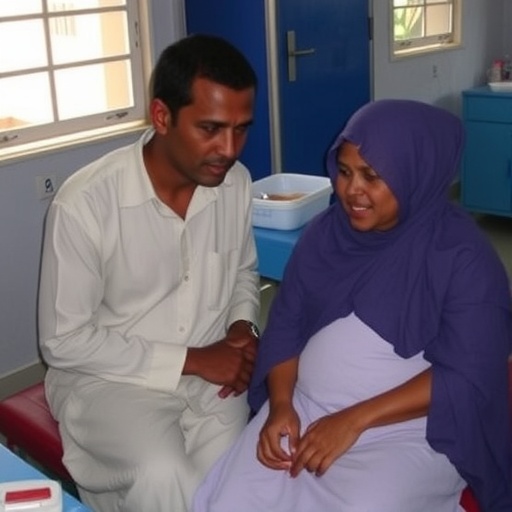When antibiotics are used to treat bacteria susceptible to them, the treatment usually works. Nevertheless, the antibiotic chosen is sometimes ineffective. One of the reasons for this is heteroresistance, a phenomenon explored in depth by Uppsala and Emory University researchers in a new study.
When a bacterial infection is suspected, samples are taken for analysis to assess whether the bacterium can be treated with (i.e. is susceptible to) antibiotics or not (i.e. is resistant), and what kind of antibiotic works. Heteroresistance means that while the majority of bacteria in the sample are susceptible to antibiotics, there is also a minor (less than 1%) antibiotic-resistant subpopulation that can grow despite treatment with antibiotics.
No research to date has explained the underlying mechanisms of heteroresistance. As previous studies on humans and animals alike have shown, heteroresistance can make antibiotic treatment ineffective because the resistant subpopulation grows instead of being destroyed.
In an extensive study published in the journal Nature Microbiology, the Uppsala and Emory scientists investigated, first, how commonly heteroresistance is present in bacteria isolated from patients and, second, the underlying genetic mechanisms of heteroresistance. They surveyed the scale on which it was present in four different bacteria species that cause infections in humans, by exposing them to 28 different kinds of antibiotic. Surprisingly, the results showed that more than a quarter of the combinations of bacteria and antibiotics exhibited heteroresistance.
“This indicates that the frequency of heteroresistance in clinically important bacteria has been greatly underestimated before,” says Dr Hervé Nicoloff, researcher at the Department of Medical Biochemistry and Microbiology, Uppsala University and lead author of the study.
A range of genetic investigations also enabled the researchers to show that the underlying mechanism of heteroresistance was often spontaneous occurrence of gene amplifications of various antibiotic resistance genes. The bacteria cells containing only one copy of these genes were susceptible to antibiotics, while the cells containing multiple gene copies were resistant.
These gene amplifications are unstable and, as a result, antibiotic-resistant bacteria can rapidly revert to being susceptible again. This instability makes heteroresistance difficult to detect and study, which is a problem for hospital laboratories when they need to determine whether a bacterium is susceptible or resistant to a particular antibiotic. Accordingly, bacteria can be classified as susceptible although they are actually resistant, and this may lead to use of the wrong antibiotic and failure of the treatment.
“It’s important to develop and apply improved methods so that we can quickly identify the presence of heteroresistance in bacteria,” says Dan I. Andersson, Professor at the Department of Medical Biochemistry and Microbiology, Uppsala University, who led the study.
###
Media Contact
Dan I. Andersson
[email protected]
46-701-679-077
http://dx.




